Coronavirus - COVID-19 Information
The World Health Organization (WHO) declared an outbreak of respiratory disease caused by a novel coronavirus a pandemic. Please reference the CDC, the Ohio Department of Health and your local community health districts for the most up to date information for your practice location(s). A number or resources relevant to podiatry in Ohio are provided below.
COVID-19 information & resources:
- Ohio Department of Health
- State Medical Board of Ohio COVID-19 updates
- Ohio Board of Pharmacy COVID-19 response efforts
- CARES Act Provider Relief Fund
- APMA resources
- Telemedicine resources
- CDC information and resources
- WHO information and resources
- Medicare and Medicaid resources
- American College of Surgeons Recommendations for Management of Elective Surgical Procedures
Ohio Department of Health
HOTLINE 1-833-4-ASK-ODH
Contact Information for Ohio County Health Districts
Masks Still Required in Healthcare Settings Under Amended Ohio Health Order
Ohio pandemic vaccine provider update
The Ohio Department of Health has created a guidance document that shares vaccine updates, safety tips, and important resources with Ohio providers.
The Ohio Pandemic Vaccine Provider Update is available on the Ohio Medical Board website.
Statewide Vaccine Provider Location search
A recently launched search tool shows COVID-19 Vaccine Provider Locations throughout Ohio who have received shipments of COVID-19 vaccines for those currently being vaccinated in Phase 1B. Search by county or ZIP code to see a list of providers near you with websites and contact information. Please follow this link for vaccine provider locations in Ohio
Responsible Restart Ohio Healthcare Guide
Healthcare Procedures & Hospitals COVID -19 Checklist
ODH Posters and Office Signage
Cloth Masks or Face Coverings in the Workplace
COVID-19 Guidance for Screening Employees
CARES Act Provider Relief Fund Payment Attestation Portal
APMA resources
APMA COVID-19 Resource Page and FAQs
Telemedicine resources
Ohio Department of Medicaid Telehealth Rules - FAQ's
Medicaid - Emergency COVID-19 Telehealth Rules
Telehealth Emergency Rule 5160-1-21
Appendix to Emergency Rule 5160-1-21 procedure codes
|
Ohio law defines telemedicine as the practice of medicine through the use of any communication, including oral, written or electronic communication, by a physician located outside of this state. Pursuant to Ohio law, any practitioner, including physicians, podiatric physicians, nurse practitioners and physician assistants who treat a patient located in Ohio through telemedicine, must be licensed for full practice by the Ohio Board or possess a limited Ohio telemedicine certificate. Under the Ohio Board’s new regulations, practitioners may issue a prescription for a non-controlled medication to a person whom the practitioner has never conducted a physical examination and who is located at a remote location so long as the following requirements are satisfied:
|
The Ohio Board’s rules are consistent with changes seen in other states where the law allows for a relaxation of in-person examination requirements to facilitate expanded use of telemedicine. Even so, practitioners should be aware the standard of care must always be maintained regardless of the method with which treatment is provided to a patient.
CDC information and resources
CDC FAQ for Health-care Professionals
CDC Information for Health-care Professionals
Guidance for Health-care Personnel with Potential Exposure
Infection Control Guidance for Healthcare Professionals about COVID-19
CDC Infection Prevention and Control Recommendations Webinar
Interim Guidance for Implementing Home Care of People Not Requiring Hospitalization forCOVID-19)
The CDC has developed interim guidance for staff at local and state health departments, infection prevention and control professionals, healthcare providers, and healthcare workers who are coordinating the home care and isolation of people who are confirmed to have or are being evaluated for (COVID-19 (see Criteria to Guide Evaluation of Patients Under Investigation (PUI) for COVID-19). Refer to Interim Guidance for Implementing Home Care of People Not Requiring Hospitalization forCOVID-19)
Nursing Homes and Long-term Care Facilities
WHO information and resources
WHO Advice for Health-care Workers


